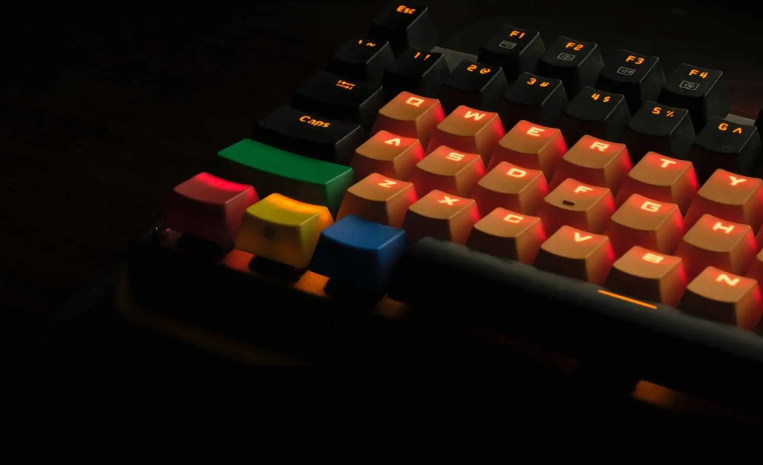If you’re unsure about which case to choose for your custom keyboard, we’ll explore various keyboard case sizes and materials. We’ll discuss the pros and cons of each material, aiming to assist you in deciding on the ideal case for your upcoming keyboard build.

How Do You Determine What Keyboard Size Is Best for You
To determine the best keyboard size for you, consider the following factors:
-Workspace and Ergonomics: Assess the available space on your desk or workstation. Consider whether you need a compact keyboard for limited space or a larger keyboard with additional features. Also, think about ergonomic considerations and whether you prefer a full-size keyboard or a more ergonomic layout.
-Typing Needs: Determine your typing requirements. If you frequently use the number pad or function keys, a full-size keyboard might be suitable. If you prioritize portability, a compact or tenkeyless (TKL) keyboard could be more convenient.
-Gaming or Specialized Use: If you’re a gamer or have specific needs like programming or data entry, you might benefit from a keyboard with customizable keys, macros, or a specific layout.
-Personal Preference: Ultimately, it comes down to personal preference. Some people prefer the compactness and minimalistic look of smaller keyboards, while others prioritize comfort and familiarity with a full-size layout.
What Are the Material Types for Keyboard Cases
The choice of material for your keyboard case ultimately depends on your preferences for aesthetics, durability, and budget. Each material has its advantages and considerations, so consider your priorities when selecting a keyboard case material. The material types commonly used for keyboard cases include:
-Plastic: Plastic cases are lightweight, affordable, and can come in various colors and finishes. However, they may be less durable and more prone to flexing or scratching compared to other materials.
-Aluminum: Aluminum cases provide a sturdy and premium feel. They offer good durability and rigidity, which can improve typing stability. Aluminum cases are often more expensive than plastic ones but offer better overall build quality.
-Steel: Steel cases provide excellent durability and a solid feel. They are heavier and sturdier than plastic or aluminum, making them less prone to flexing or movement during intense typing sessions. Steel cases are often favored by enthusiasts and gamers for their robust construction.
-Wood: Wooden cases give a unique and stylish look to keyboards. They can be made from different types of wood, offering various finishes and textures. Wood cases are generally heavier but can provide a warm and aesthetically pleasing typing experience.
-Acrylic: Acrylic cases are transparent or translucent, providing a modern and minimalist appearance. They allow the keyboard’s lighting effects to shine through and can be a popular choice for RGB enthusiasts. Acrylic cases may be more prone to scratches and fingerprints.
Different Mounting Styles & Configuration
There are several mounting styles and configurations used in keyboards. Some of the common ones include:
-Plate Mount: In this style, the switches are mounted to a plate that sits between the switches and the PCB (printed circuit board). The plate provides stability and rigidity to the keyboard. Plate-mounted keyboards are often easier to build and offer a consistent typing feel.
-PCB Mount: In PCB mounting, the switches are directly soldered to the PCB without a separate plate. This configuration can provide a more flexible typing feel, as the lack of a plate allows for more switch movement. PCB-mounted keyboards are generally lighter and more compact.
-Top Mount: Top mounting involves attaching the plate or PCB to the top case of the keyboard. This configuration uses screws or other fasteners through the top case, giving a solid and consistent typing experience.
-Bottom Mount: In bottom mounting, the plate or PCB is secured to the bottom case of the keyboard. The typing feel in this configuration can be slightly softer compared to top mount or sandwich mount.
-Sandwich Mount: Sandwich mounting places the plate between the PCB and a separate bottom case, with the two cases secured together. This style can provide a balanced typing experience, offering a combination of stability and flexibility.
-Integrated Plate/Case: Some keyboards have an integrated plate and case design, where the case itself serves as the plate. This configuration often provides a clean aesthetic and can be more compact.
-Gasket Mount: Gasket mounting uses rubber gaskets or O-rings between the plate or PCB and the case. This design helps to isolate vibrations and provides a softer and more cushioned typing feel.